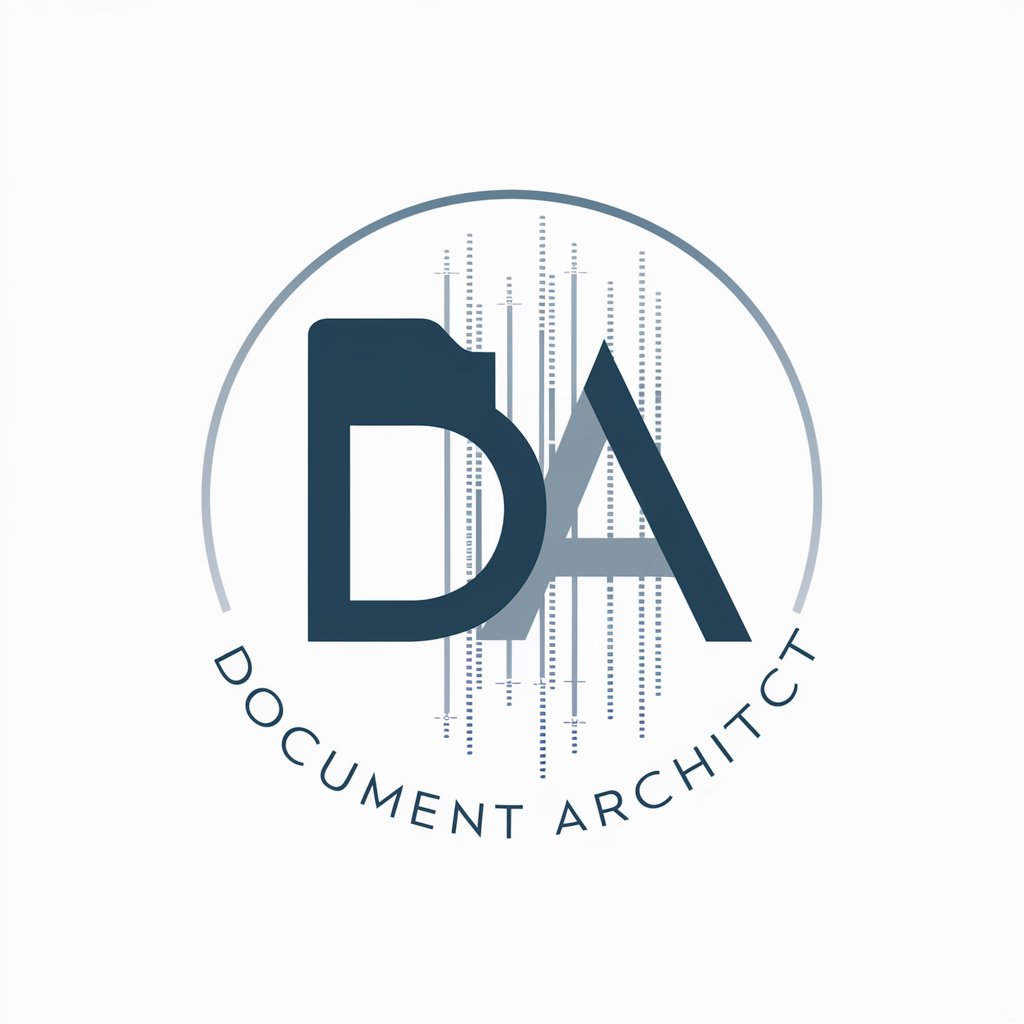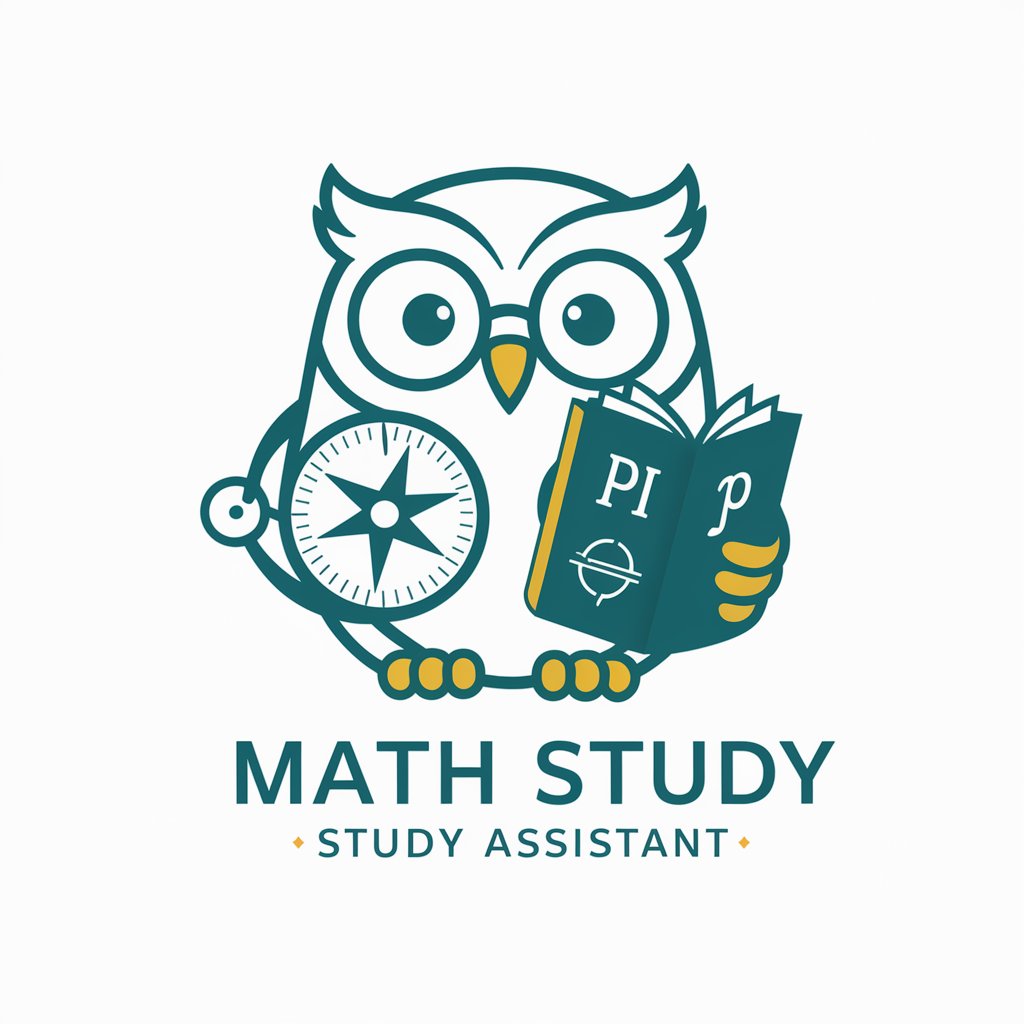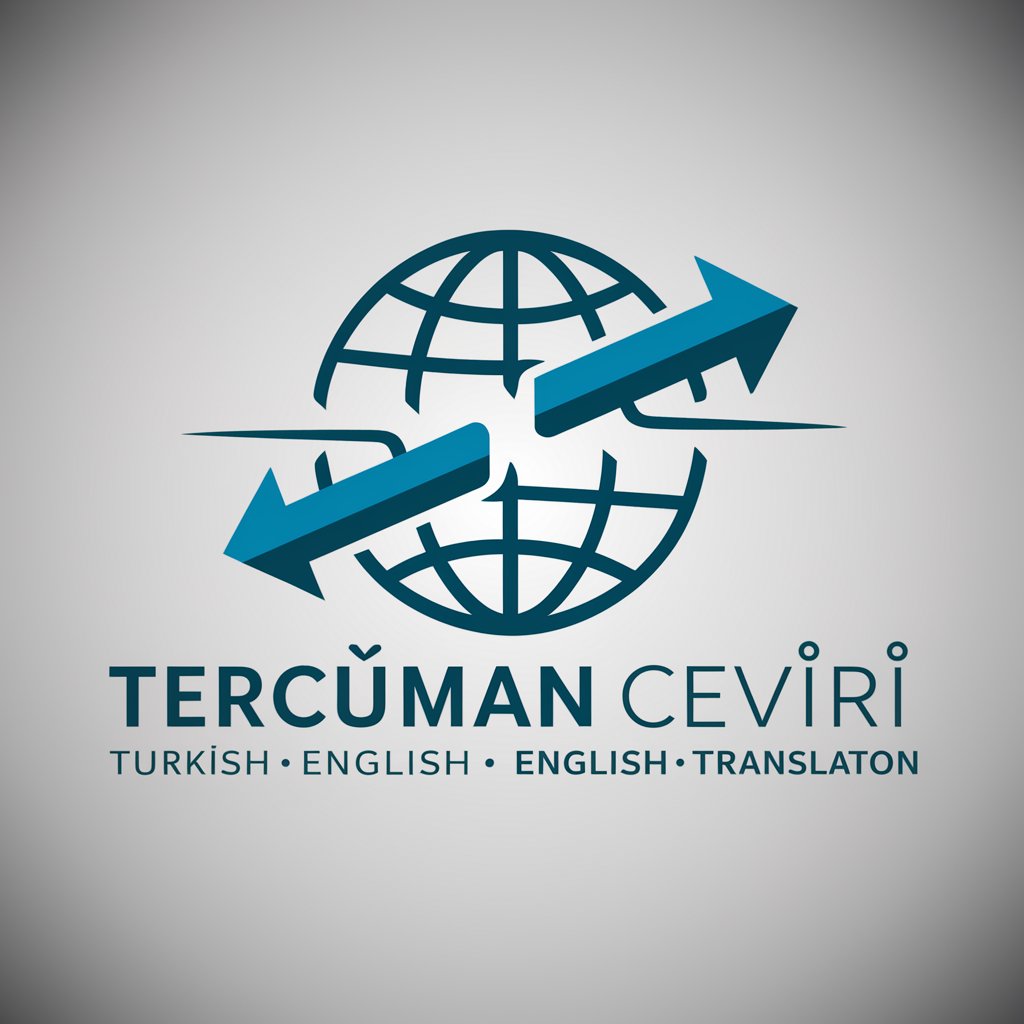Document Architect - AI-Powered Text Summarizer

Welcome to Document Architect! Let's organize your information efficiently.
Streamline Your Text with AI
Summarize the key points of this document:
Organize the following information into a clear, structured format:
Create an outline based on these details:
Generate a comprehensive summary for the provided text:
Get Embed Code
Overview of Document Architect
Document Architect is designed to assist users in structuring and summarizing large chunks of text for easy reference. Its primary role is to compress extensive information into a concise, well-organized format. This involves analyzing text, extracting key concepts, and organizing them into structured documents with titles, subtitles, and bullet points. An essential feature of Document Architect is its tagging system, which allows users to tag and categorize content effectively. This system supports a hierarchical structure for better organization, making it particularly useful for creating reference materials that can be easily integrated into larger documents. Example scenarios include summarizing research papers, creating digestible reports from comprehensive data, or compiling and organizing notes for academic or professional use. Powered by ChatGPT-4o。

Core Functions of Document Architect
Text Structuring
Example
Transforming a long academic paper into a well-organized summary with key points highlighted.
Scenario
A researcher needs to present a concise summary of a complex research paper to colleagues who may not have expertise in the field. Document Architect would extract the paper's core concepts, categorize them under relevant headers, and provide a tagged summary that can be easily understood.
Tagging System
Example
Assigning specific tags to sections of a business report, such as 'financial data', 'market analysis', or 'risk assessment'.
Scenario
In a corporate setting, a manager compiles quarterly business reviews from different departments. Using Document Architect's tagging system, they can easily categorize information by department and topic, facilitating quick access and understanding during executive presentations.
Integration into Larger Documents
Example
Using structured summaries to build a comprehensive reference manual from multiple reports.
Scenario
A project manager consolidating status reports, meeting minutes, and project deliverables into a single, comprehensive project documentation. Document Architect helps organize and structure these inputs into a coherent document, saving time and improving project communication.
Target User Groups for Document Architect
Academic Researchers
Researchers who need to sift through vast amounts of academic literature can use Document Architect to condense articles into digestible summaries with key concepts and findings tagged for easy reference, facilitating literature review and study preparation.
Corporate Professionals
Professionals in business, finance, and management who often deal with extensive reports and data sets. Document Architect helps them summarize and categorize information for quick access during decision-making processes or presentations.
Content Curators and Editors
Individuals responsible for compiling information from various sources into cohesive publications or reports. They benefit from Document Architect's ability to organize and streamline content, making it easier to manage and present large volumes of information.

Guidelines for Using Document Architect
Step 1
Visit yeschat.ai to start using Document Architect with no login required; this initial step does not require a ChatGPT Plus subscription.
Step 2
Choose a text chunk you want to analyze. For best results, ensure the text is well-structured and clearly segmented into paragraphs or sections.
Step 3
Input the text into Document Architect. Utilize the tagging system to categorize different sections based on expected content types or topics.
Step 4
Review the structured output, which will include titles, subtitles, bullet points, and tags for easy navigation and reference.
Step 5
Adjust the tags and formatting as necessary to refine the document to your specific needs. Use this refined document as a reference or integrate it into larger projects.
Try other advanced and practical GPTs
Sommelier's Sidekick
Pairing Perfection Powered by AI

Domain Name Maker
Craft Your Online Identity with AI-Powered Precision

Feud Finder
Merging Facts with Fun: AI-Powered Trivia Creation

Volcano Watcher
Eruption Insights at Your Fingertips

FEKH46 - Leadership and Change Management
Empowering Leadership Transformation

Math Study Assistant
Empowering your math journey with AI

DateGPT
Effortless, AI-Driven Date Nights

Medi-Turk Tutor
Empower your medical Turkish with AI!

Turk
Engage with AI-powered street wit.

Tercuman Ceviri Turkce Turkish English Translator
Bridging Languages with AI Precision

Edward Elric
Dive into alchemy with AI-powered Edward

Cinema Chat
Dive into Cinema with AI-Powered Insights

Frequently Asked Questions about Document Architect
What is the primary function of Document Architect?
Document Architect is designed to help structure and summarize large text chunks. It uses AI to extract key concepts and organize the content into a concise, tagged format for easy reference.
How does the tagging system work?
Users can define tags to categorize the text based on the content type or topic. The system automatically assigns these tags to relevant sections, enhancing the document’s navigability and utility.
Can I customize the output format of Document Architect?
Yes, users can adjust the titles, subtitles, bullet points, and tags of the output to better suit their specific needs and preferences.
What are some common use cases for Document Architect?
Common uses include academic research, content creation, data analysis, and any scenario requiring comprehensive text analysis and categorization.
Is Document Architect suitable for professional use?
Absolutely. Its ability to efficiently organize and summarize complex information makes it an invaluable tool for professionals across various fields, such as researchers, analysts, and content managers.
